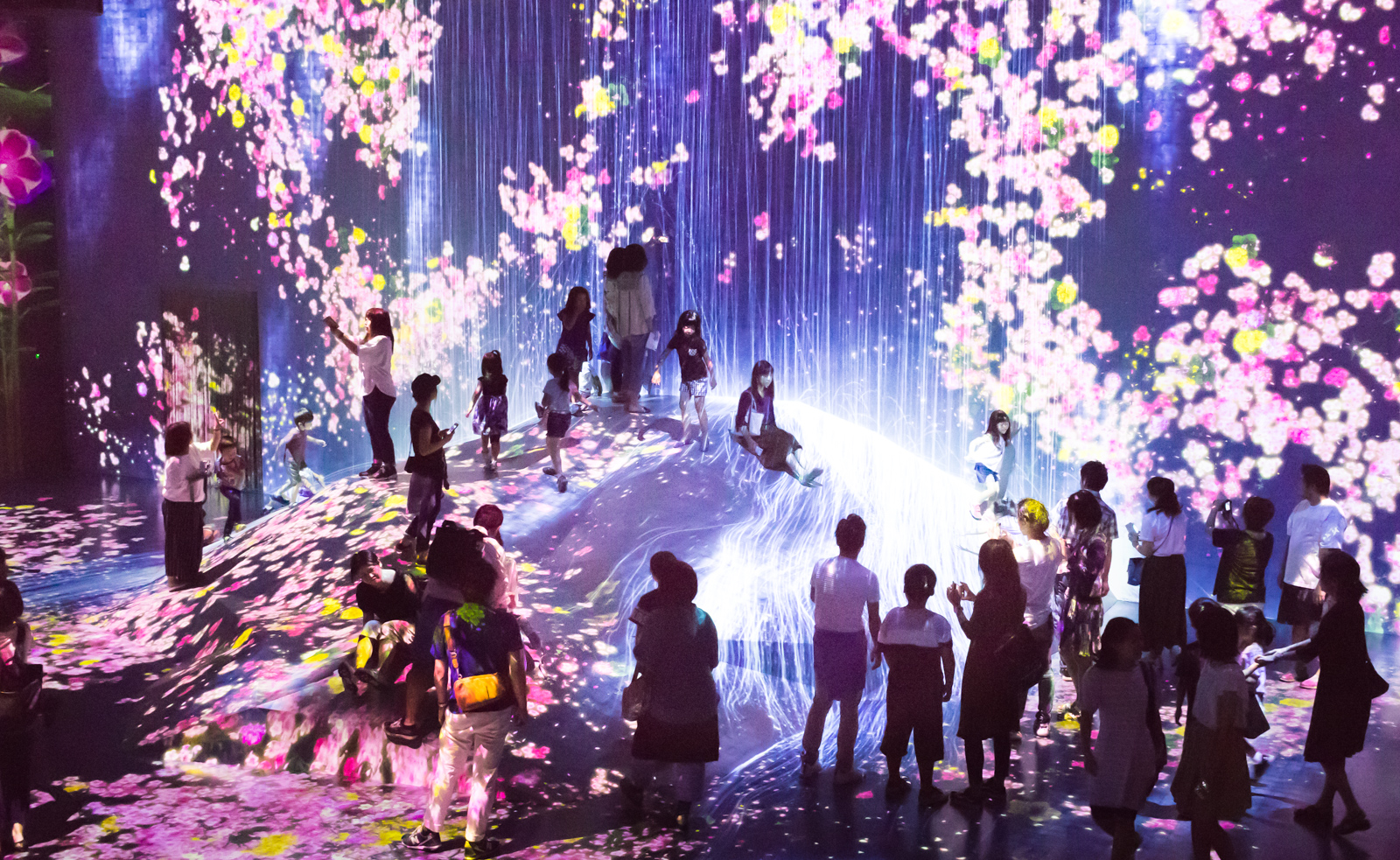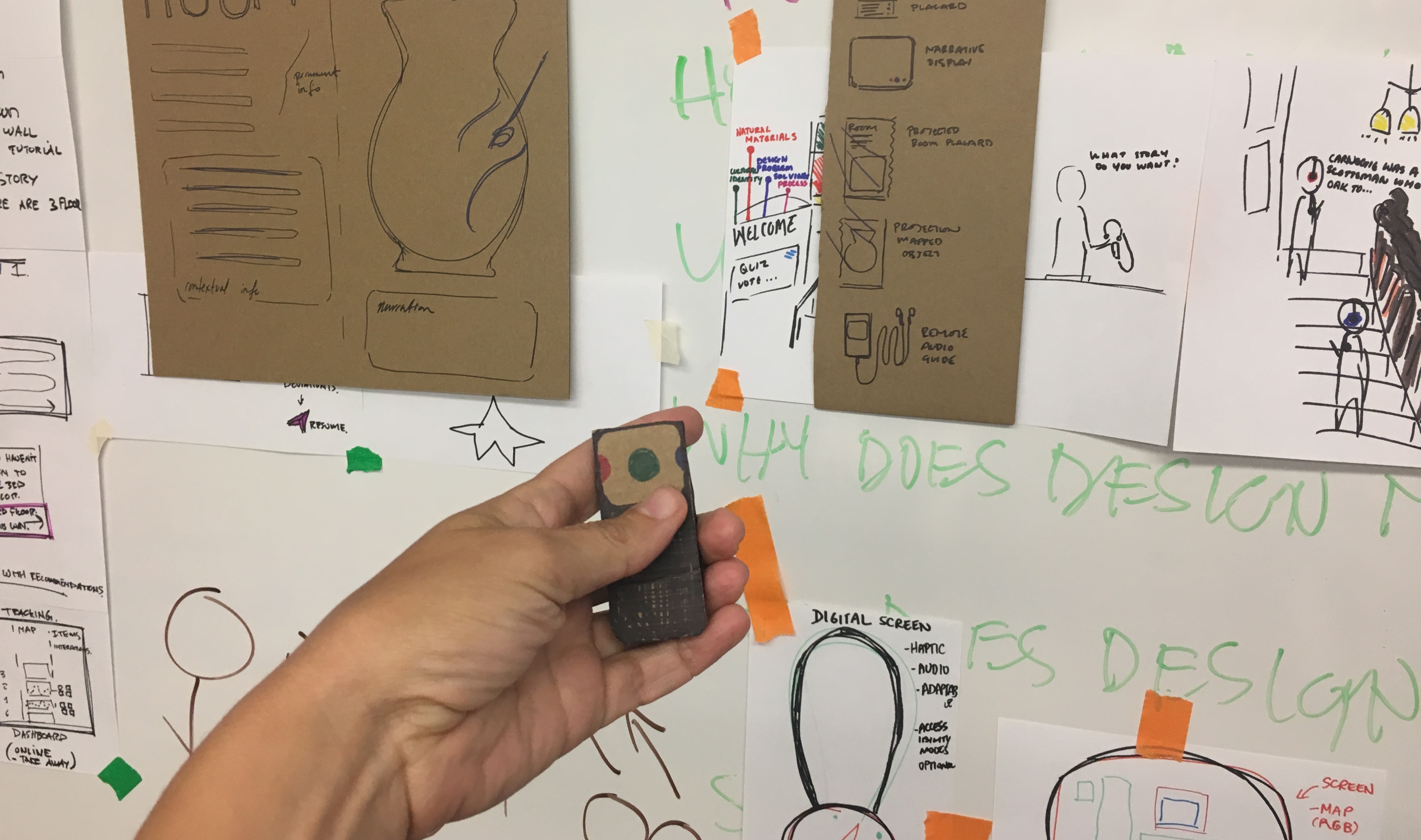Fantastically good at inspiring and educating visitors as trusted collectors and conservators of history, museums amplify cultural access by presenting stories and ideas that provoke rich dialogue about the past, present, and future.
In fact, according to the American Alliance of Museums (AAM), museums are considered to be the most trustworthy source of information around, rated higher than local papers, the U.S. government, and even nonprofit and academic researchers. Fitting neatly alongside those high marks for trustworthiness, 98% of Americans consider museums to be an “educational” experience. On the one hand, such a high level of trust and respect points to how well-suited museums are to engage audiences in cultural conversation grounded in authority and expertise. On the other hand, such an overwhelming perception of museums as “educational” might not be the boon we think it is, especially with new kinds of competition rapidly emerging.
Over the past ten or so years, we’ve seen a dramatic rise in experiential entertainment. A mashup of interactive art, immersive theater, marketing-driven “experiences,” and various other forms of collaborative play, this new experiential paradigm is shifting what people expect from every other kind of experience. In addition to a growing wave of experiential pop-ups, and escape rooms, artists collectives like Meow Wolf and TeamLab have built massive architectural complexes designed to engage the body and senses in new and exciting ways, across a wide variety of physical and digitally enhanced environments. And, in case you hadn’t heard, the market is responding.

Meow Wolf House of Eternal Return, Santa Fe, New Mexico, photo copyright: Meow Wolf
After a $17 million funding round in May of 2018 that expanded Meow Wolf’s operations from Santa Fe to Denver, in May 2019 they raised a whopping $158 million to expand even further, this time to Las Vegas, Washington DC, and Phoenix. TeamLab has built a complex called Borderless in Tokyo, that they’re calling a “digital art museum,” which drew 2.3 million visitors in its inaugural year. For reference, in 2018 the Metropolitan Museum of Art broke visitorship records with 7.65 million visitors across three locations. In its first year, TeamLab’s “museum” received just over 30% of that traffic.

Caption: TeamLab Borderless, Tokyo, Japan, photo copyright: Olivier Romo
One of the most interesting features of this experiential movement is the way it has co-opted the language of museums. Probably the first and best example of that is the Museum of Ice Cream (MOIC), an ice-cream-themed experiential playground that opened pop-ups in New York, Los Angeles, Miami, a permanent location in San Francisco, and a second permanent location slated to open in New York in a few short weeks. Following in MOIC’s footsteps have been the Museum of Pizza, the Museum of Illusions, Spyscape (described as an immersive spy museum), and now Zerospace, an immersive experience that combines live-action theater with interactive art installations, and offers “museum hours”—open access to the space without the theatrical performance at a reduced price. And those are just in New York City, alone.
It’s doubtful that anyone arriving at the MOIC anticipates a conventional museum visit, yet the name and the experience offer a pointed commentary on popular conceptions of museums and what people expect from them. The very idea of a museum devoted to ice cream is somewhat tongue in cheek—playing off not inaccurate perceptions of museums as places of silent decorum, where one is meant to look with their eyes, and keep their distance. The MOIC is exactly the opposite. It’s physical, participatory, playful, joyous, a little bit weird, and heavily commodified. It’s a place that’s designed, first and foremost, to be an experience.
Though these new “museums” struggle to provide an experience rich with story and meaning (read Amanda Hess on the emptiness of it all), the fact remains that they offer direct competition to conventional museums, attached to a slick value proposition heavily optimized against financial metrics and selfie culture. To live up to our potential against this rising experiential paradigm, museums must respond by doubling down on our core competences: collecting, conserving, interpreting, and designing experiences around culturally significant objects that help to tell stories about the past and present in the hope of influencing futures. It is imperative that we pause to consider how we might deliver these experiences to visitors, and recognize our mandate to make them more accessible, and richer in story, allowing visitors to engage as deeply as they wish, no matter who they are and why they came.
Experiential design at the Smithsonian Design Museum.
Cooper Hewitt, Smithsonian Design Museum occupies an interesting position in the discourse around museums and interactive design. With the introduction of the Pen and related technologies in 2015, we broke dramatically with conventional paradigms, making an early and definitive move towards museum visit as experience, and establishing interactivity as a core value of that experience.

Digital table and interactive pen, Cooper Hewitt, Smithsonian Design Museum, NY
The Pen is designed around two essential functions: collecting, and creating. Collecting helps visitors to be fully present in the environment—giving them the chance to easily revisit objects they’re interested in at their own pace—by collecting and aggregating those objects. When used as a tool for creating, the Pen transmits one simple message: anyone can be a designer. The rendering interface in our digital tables and drawing program in our Immersion Room gives visitors the chance to draw and modify classic design objects in three dimensions, things like chairs, vases, and even buildings.
Our experience with the Pen has left us in an interesting position as an institution. It’s been a tremendously well-received by visitors, with an average of 21% of users logging in after their visit to review the objects they’ve collected, from a high of almost 30%, and now sitting around 13%. Such a pervasive system does (doesn’t?) come without its challenges, though. The design of Cooper Hewitt’s visitor experience is so heavily influenced by the Pen and its underlying systems, the process of evolving individual aspects of the experience becomes more challenging.
After five years, we’ve reached an inflection point. With the technology coming to the end of its life, rather than jumping straight into designing and launching the next big thing, we’ve taken the opportunity to take a step back to explore a range of different interactions; consider questions of scale, dependence, and sustainability for a museum of our size; and synthesize learnings from our experience with the Pen system. More than that, we identified the opportunity to deeply explore the relationship between how we work and what we make—a critical tension that lies at the heart of all design practice.
Introducing the Interaction Lab.
Designed to keep pace with emerging technology and untethered to any one location or platform, the Interaction Lab is bringing holistic, interactive design methodology to the very heart of Cooper Hewitt’s visitor experience—across digital, physical, and human interactions. Inspired by the rise of collaborative practice, emphasizing a design with and for approach, and tackling our own design challenges openly and transparently gives us the opportunity to live our mission as a design museum, and to invite our community to co-create and test ideas alongside us.
The decision to build a visitor experience design lab as opposed to an “innovation lab” reflected our desire to start with people rather than technology, building the Lab as a hub for visitor insight to engage with all corners of the museum. The name— Interaction Lab—points to our approach to visitor experience as a series of connected interactions across platforms and environments. This approach establishes the right priorities from the beginning, and recognizes the value of thoughtful, coherent design that weaves across disciplines, connecting interpretation, curatorial, digital tools, the built environment, and beyond.

Interaction Lab, Futures for Collecting Workshop, photo copyright: Cooper Hewitt Interaction Lab
The task we face in reimagining Cooper Hewitt’s visitor experience is as much an opportunity as it is a challenge. We’re working to create experiences and tools that help our visitors to make meaning first and foremost, while also reflecting and embodying good design practice. Our process is collaborative, experimental, and emergent, and begins with asking good questions, framing challenges and opportunities, and ultimately trusting the right answers to emerge. In our work to date, we’ve spent considerable time creating a shared understanding of our current state, and have engaged the whole museum in conversation around opportunities, constraints, and desires, while envisioning ideal futures. This is ongoing work and will continue to be a core underlying ethos of the Lab and our practice/principles going forward.
Ultimately, the Lab’s key output will be a reimagined Cooper Hewitt visitor experience. To get there requires a willingness to transform our own process by bringing more design practice into the Smithsonian Design Museum. Thankfully, we have bright, willing colleagues and an incredibly generous community of designers who’ve been ready to dive in with us by contributing their time and ideas. For this, we are and will continue to be eternally grateful.

Ellen Lupton leading a workshop on museum text, Interaction Lab public program – Interaction as Storytelling, Cooper Hewitt Great Hall
In September we kicked off a public programming series in collaboration with the Museums + AI Network. Just last week on November 13th, we followed up the launch with our second evening event: Interpretation as Storytelling, which focused on the ways design-driven storytelling might contribute tactics and approaches to the reimagining the museum experience. Both events were sold out, and full of brilliant ideas and great energy from diverse audiences. In the coming months, we’ll build these early experiments into a programming slate that explores topics like experiential and interactive design practice, accessible placemaking, data and information design, and more. Our next event, Bodystorming Access, will take place on December 9th at 6:30pm, and asks us to think (and move and feel) differently about how we might make sense of the museum environment with our bodies beyond our eyes alone.
To welcome the wider design community into our process, we’ll be launching collaboratory design commissions and challenges with a range of designers, agencies, technology firms, and students. Our approach to developing, testing and iterating prototypes is collaborative and participatory, meant to be executed in full view of audiences, stakeholders, thinkers, practitioners and more, and sharing our findings widely and openly.
As we identify, frame, and explore opportunities for new kinds of interactions in the museum, our priorities lie in building intelligent, co-creative systems that equitably engage audiences and stakeholders as collaborators and expand access to the museums resources and collections in every way possible. The first goal in Cooper Hewitt’s strategic plan is to be “a platform for design.” We can think of no better way to live our mission than to open our own design process as we unlock the potential of our collection, the Carnegie mansion in which we’re housed, and the myriad communities and ideas flowing through it.
Rachel Ginsberg is the Director of the Interaction Lab, Cooper Hewitt’s newly launched visitor experience design lab. The Interaction Lab is bringing interactive design methodology to the very heart of Cooper Hewitt’s visitor experience—across digital, physical, and human interactions. To keep track of Lab activities, sign up for our mailing list.
